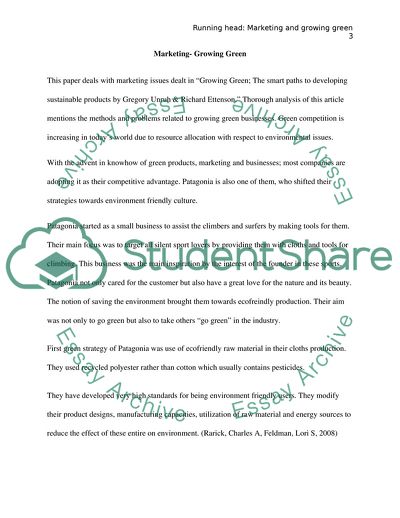Cite this document
(The Green Businesses and Green Marketing Issues of Patagonia Company Term Paper - 34, n.d.)
The Green Businesses and Green Marketing Issues of Patagonia Company Term Paper - 34. https://studentshare.org/marketing/1749783-marketing
The Green Businesses and Green Marketing Issues of Patagonia Company Term Paper - 34. https://studentshare.org/marketing/1749783-marketing
(The Green Businesses and Green Marketing Issues of Patagonia Company Term Paper - 34)
The Green Businesses and Green Marketing Issues of Patagonia Company Term Paper - 34. https://studentshare.org/marketing/1749783-marketing.
The Green Businesses and Green Marketing Issues of Patagonia Company Term Paper - 34. https://studentshare.org/marketing/1749783-marketing.
“The Green Businesses and Green Marketing Issues of Patagonia Company Term Paper - 34”. https://studentshare.org/marketing/1749783-marketing.


